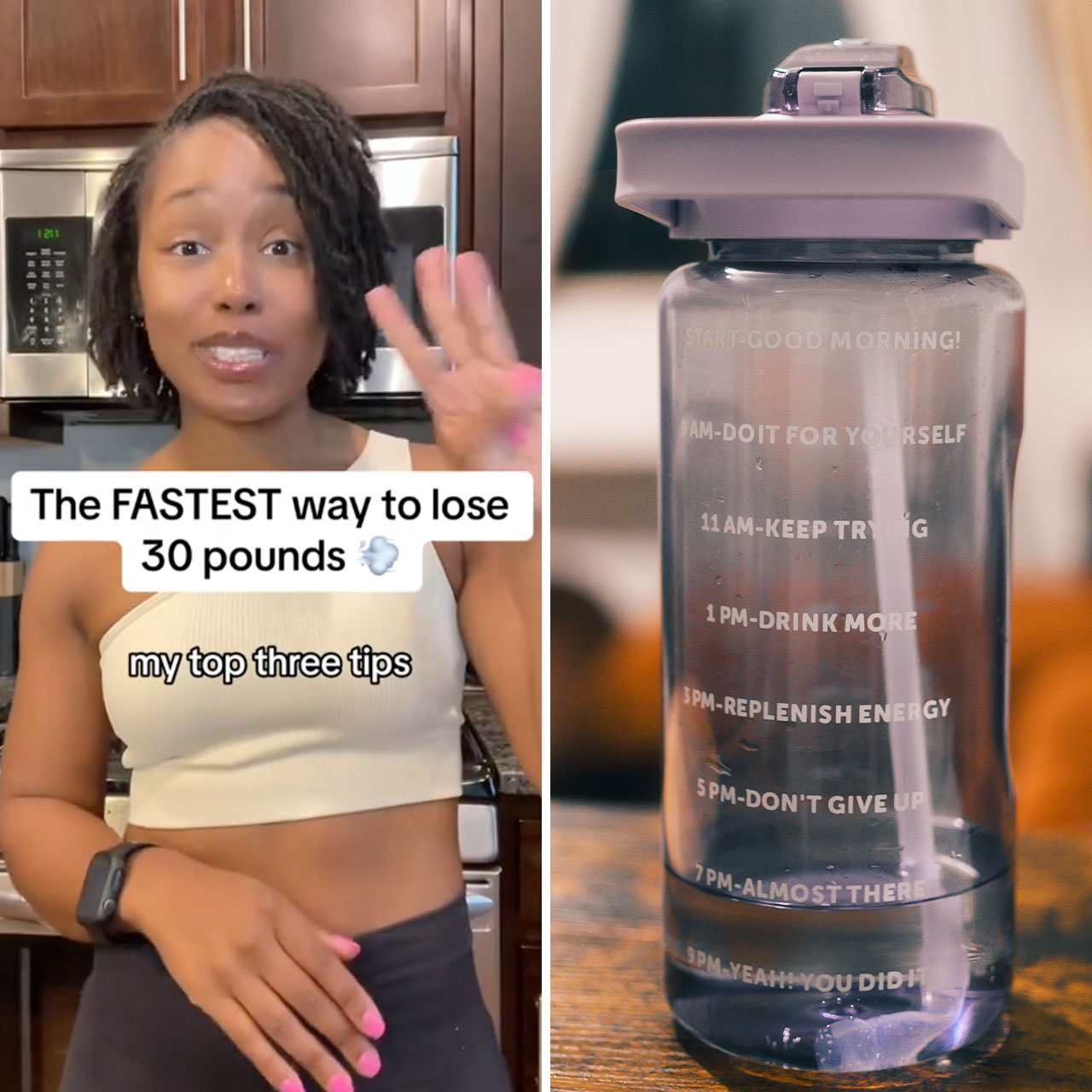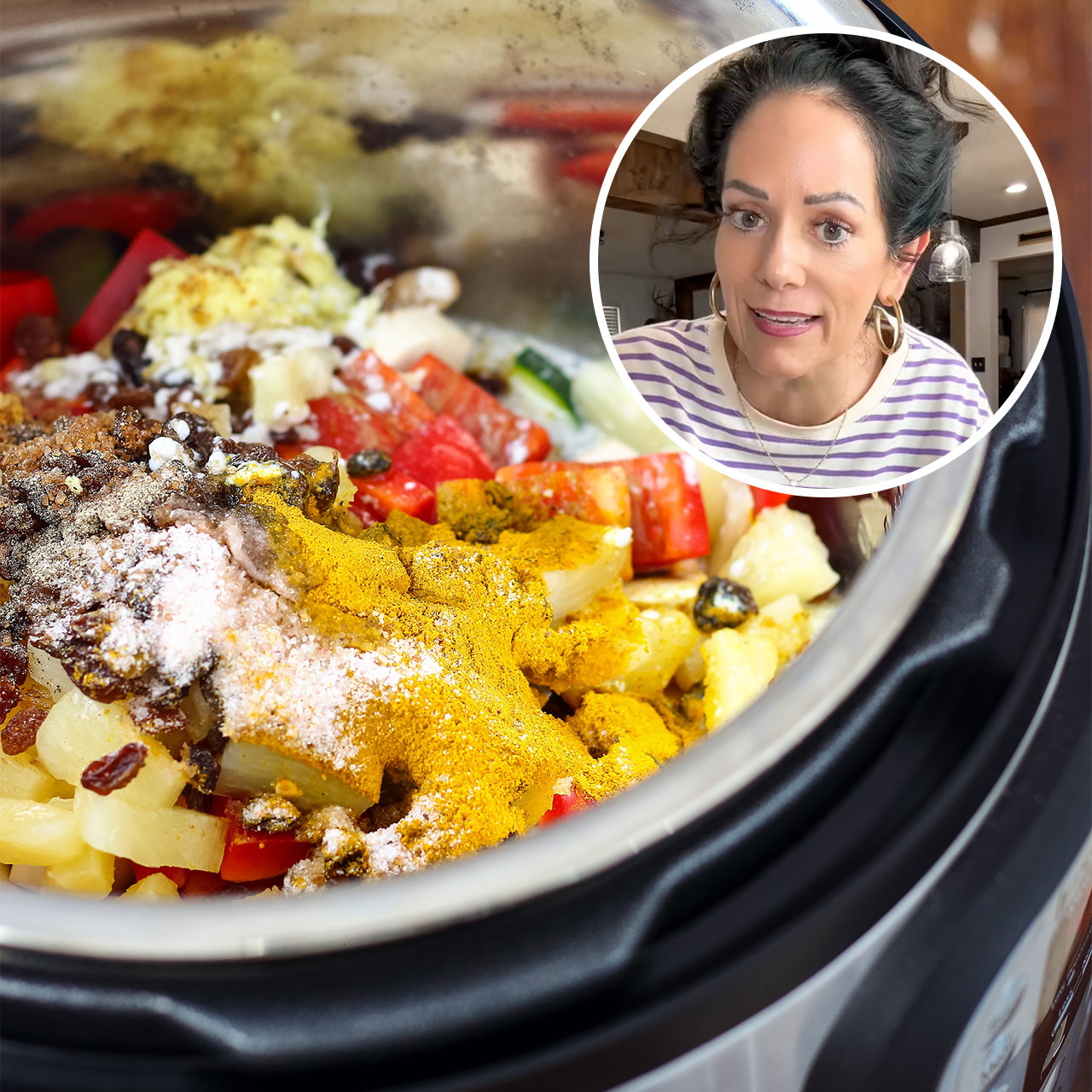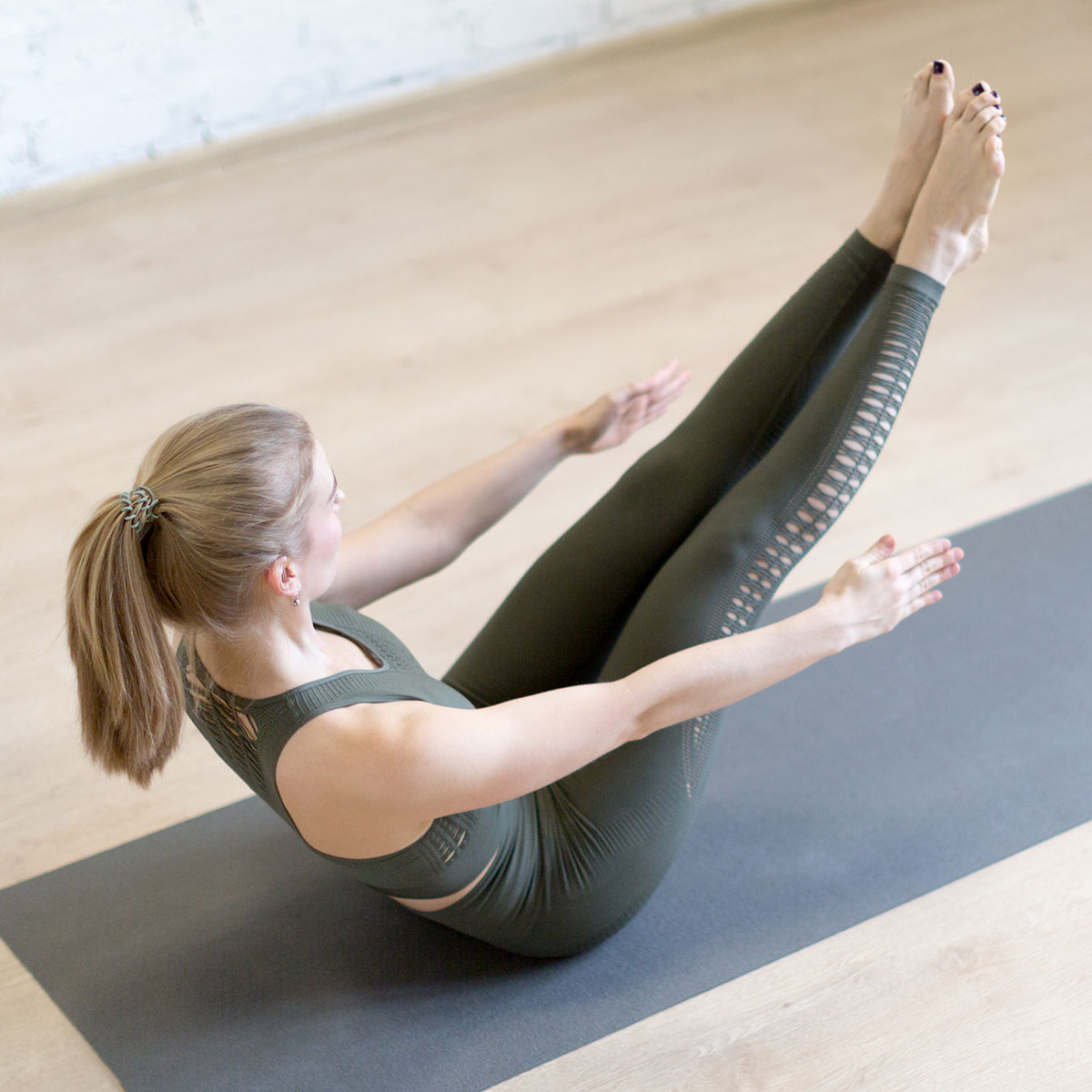This is an archived article and the information in the story may be outdated. Please check the time stamp on the story to see when it was updated last.
In the past, bread has been demonized by many health circles as a food that couldn’t or shouldn’t be enjoyed if you’re trying to lead a healthy lifestyle. However, when you’re eating the right kind of bread and aiming for nutrient density, it actually holds a number of benefits. Knowledge is power, so knowing what types of bread you should avoid and what types are good for you is important. Labels can get tricky, and it’s easy to get confused or overwhelmed when shopping. We asked Lisa Young PhD, RD, a nutritionist in private practice and author of Finally Full, Finally Slim, what some of her pointers are on bread shopping, and how to know that you’re getting the healthiest product possible.

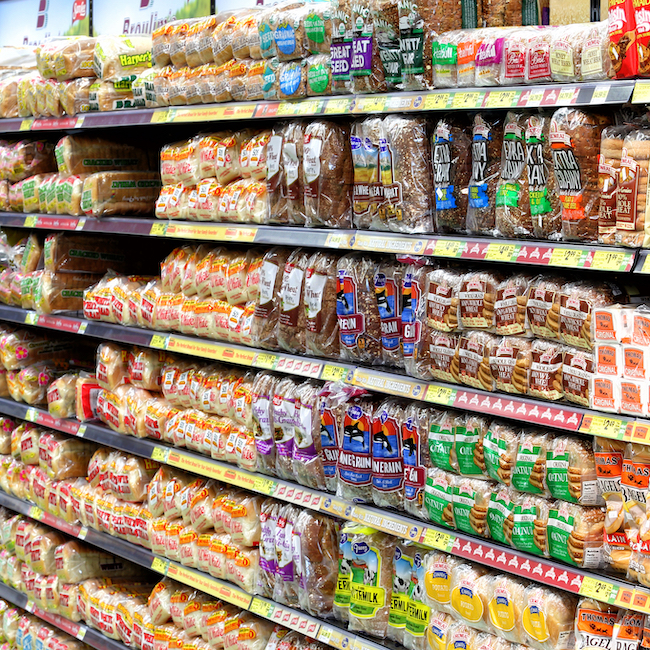
According to her, it all comes down to reading labels. Looking closely at labels is crucial, but you can’t do that without knowing what to look for—many unhealthy ingredients are disguised with tricky wording that may mislead you. “Try to watch out for partially hydrogenated vegetable oil. This is another word for trans fats which are bad for the heart as they can elevate your LDL “bad” cholesterol.” If you see this ingredient anywhere on the packaging of the bread you’re buying, it’s probably best to put it back on the shelf. Additionally, look out for breads that are devoid of nutrients altogether. “I also would eliminate enriched wheat flour which really means white bread. It is refined and devoid of fiber and offers no health benefits.”
Just like any other food, bread is fine in moderation. However, because it can be calorie dense, meaning if you’re trying to lose weight and be in a calorie deficit, it may make it more difficult. However, Young recommends that, instead of cutting it out altogether, you pair it with things that allow you to maximize your nutritional benefit. “The best way to make [bread] healthier is to add some protein or healthy fat. Instead of 2 slices of toast dry, choose 1 slice and add peanut butter, cottage cheese, or avocado.” When you eat a nutrient dense bread, Young says it can have a number of benefits. “Bread can have fiber and offer up a host of health benefits including lowering cholesterol, improving your GI tract, and preventing constipation, as well as managing diabetes.”
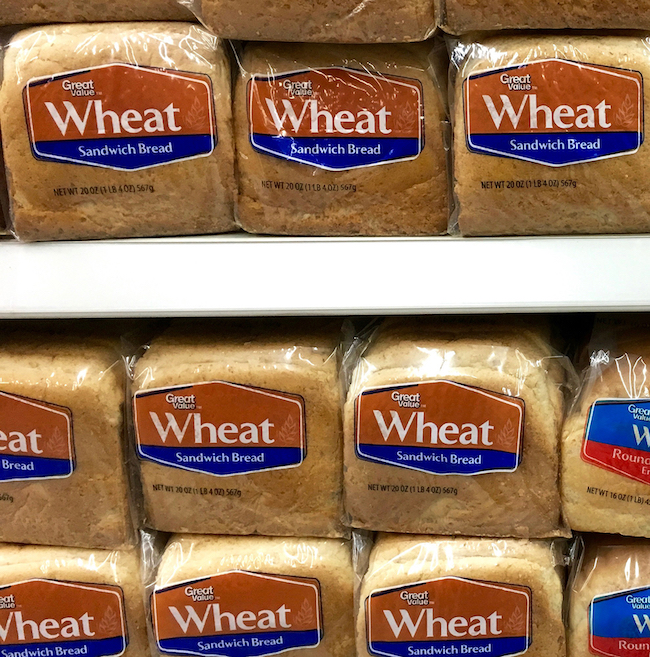
So, how do you know the bread you’re purchasing is high quality? “The first ingredient matters most! Aim for whole grain ingredients like whole wheat or oat flour as the first ingredient.” Looking for ingredients lists that are short, easy to pronounce, and have the least amount of dyes and preservatives is the best way to make sure you’re eating high quality bread. When possible, try purchasing organic bread, or the most natural bread possible.
Bread doesn’t have to be feared or eliminated. Rather, choose bread whose nutrition facts are clear and high quality. Pairing your bread with other nutritious foods, especially healthy fats like peanut butter or avocado, is one way you can boost the health benefits.



















